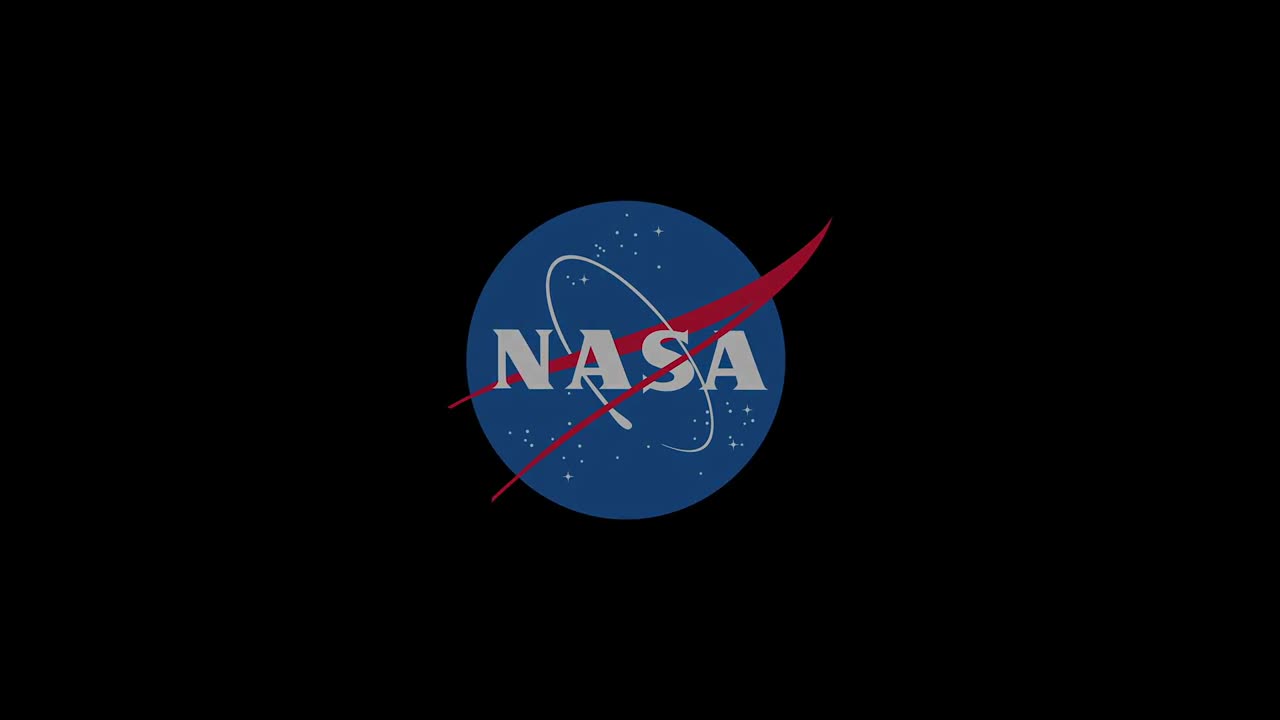Premium Only Content

NASA's Goddard Space Flight Center
April 19, 2017
No planet is better studied than the one we actually live on. NASA's fleet of 18 Earth science missions in space, supported by aircraft, ships and ground observations, measure aspects of the environment that touch the lives of every person around the world. They study everything from the air we breathe, to rain and snow that provide water for agriculture and communities, to natural disasters such as droughts and floods, to the oceans, which cover 70 percent of Earth’s surface and provide food for many people around the world. Satellites and instruments on the International Space Station circle the whole globe, seeing both where people live and those remote parts of deserts, mountains and the vast oceans that are difficult if not impossible to visit. With instruments in space, scientists can get data for the whole globe in detail that they can't get anywhere else. This visualization shows the NASA fleet in 2017, from low Earth orbit all the way out to the DSCOVR satellite taking in the million-mile view.
-
 46:48
46:48
Mally_Mouse
4 hours agoLet's Hang!! -- Opening Christmas gifts from YOU!
36.2K -
 44:55
44:55
Athlete & Artist Show
20 days ago $1.69 earnedNHL 4 Nations Snubs, Was Hawk Tuah Coin A Scam?
41.2K -
 33:47
33:47
Stephen Gardner
9 hours ago🔥Pentagon Whistleblower UNLEASHES on Biden and Obama!
96.9K147 -
 2:20:30
2:20:30
The Dilley Show
11 hours ago $25.10 earnedRoger Stone in Studio plus Q&A Friday! w/Author Brenden Dilley 12/27/2024
81.9K18 -
 1:57:02
1:57:02
The Charlie Kirk Show
9 hours agoThe Great H-1B Battle + AMA | Lomez | 12.27.24
163K212 -
 11:39
11:39
Russell Brand
1 day agoWhat You're Not Being Told About The Syrian War
167K244 -
 DVR
DVR
Bannons War Room
1 year agoWarRoom Live
101M -
 1:49:21
1:49:21
Film Threat
12 hours agoBEST AND WORST OF 2024 + SQUID GAME SEASON 2 | Film Threat Livecast
60.7K6 -
 1:06:04
1:06:04
The Big Mig™
1 day agoGlobal Finance Forum Powered By Genesis Gold Group
50.5K2 -
 34:38
34:38
Tudor Dixon
10 hours agoThe Changing Landscape Between Tech and Politics with Mike Benz | The Tudor Dixon Podcast
38.6K5